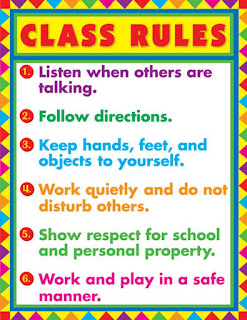Standards and Backwards mapping
The literacy standard in reading informational texts that I am looking into, for kindergarten is: “Key Ideas and Details”. It came from Common Core State Standards.
I chose this standard because it contains foundational skills that ESL students, who are newly exposed to English, need to learn. This standard helps to foster students’ exposure to an adequate range of texts and tasks (Common Core Standards Initiative, 2017).
Proficiencies that the student will develop in meeting the standards
With prompting and support, ask and answer questions about key details in a text
- Beginning: can ask and answer 1-2 questions about key details
- Approaching: can and answer ask 3-4 questions about key details
- Achieving: can and answer ask 5 questions about key details
With prompting and support, identify the main topic and retell key details of a text.
- Beginning: can identify the main topic OR retell 1 or more key details
- Approaching: can identify the main topic OR retell 2 or more key details
- Achieving: can identify the main topic AND retell 3 key details
With prompting and support, describe the connection between two individuals, events, ideas, or pieces of information in a text.
- Beginning: cannot describe the connection between two individuals, events, ideas or information in text.
- Achieving: can describe the connection between two individuals, events, ideas or information in text.
- To assess asking and answering questions about key details in the text: After reading Little Bear organize students in partners. Give each group a beach ball that has been divided into five sections with the words: what, who, when, where, and how written on it. Students will toss it back and forth answering the question word that their right hand touches. Repeat until each student has answered all 5 question words. Teacher will walk around with a check-list and ensure that all students can answer the question (either by asking directly or by watching partners interact).
- To assess main idea/key details: After reading “Little Bear” as a class give each student a graphic organizer. Individually students are to write a main idea (scaffolding: students can copy it from the board). Students then are to draw a picture of three key details in the text.
- To assess comparing and contrasting two main characters or events: have students on own or with partner create their own venn diagram with similarities of differences. A word bank with key terms will be useful to have on the sheet (Key terms: Little Bear, bear, Mother, brown, tall, short, son, boy, lady, apron, no apron, friendly, loving, birthday, hat, coat).
Learning Experiences for helping develop those skills (Illinois State Board of Education, 2012)
Text to use: Little Bear Series by Else Holmelund Minarik and illustrated by Maurice Sendak.
- Think Alouds: The teacher models the thought process as he/she reads and then thinks out loud. This may include visualizing, defining unfamiliar words, decoding, and asking questions of the text.
- Interactive Story Reading : pre-selected reading (Little Bear ) and teacher stops periodically so students can interact with the text (asking questions,, guessing what will happen next etc). Model asking the students: who, what, when, where why questions about the details in the book.
- Main idea sort: Teacher writes main idea on the board and the three supporting details. The students together with the support of the teacher determine what is the main idea and what are supporting details.
- Create a Venn Diagram as a class comparing and contrasting two characters or events from the text. Example: One side of the Venn diagram can be Little Bear and the other side can be his Mother. A word bank with key terms will be useful to have on the sheet (Key terms: Little Bear, bear, Mother, brown, tall, short, son, boy, lady, apron, no apron).
References
Illinois State Board of Education. (2012, May). Common Core Teaching and Learning Strategies
ELA Grades K-5. Retrieved on December 14, 2017 from http://www.mrsjudyaraujo.com/wp-content/uploads/Common-Core-Strategies-Informational-Text.pdf





Comments
Post a Comment